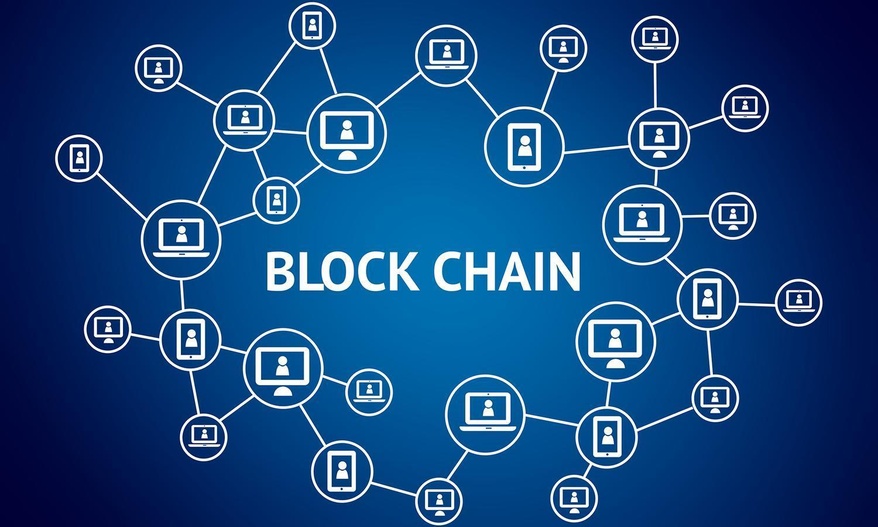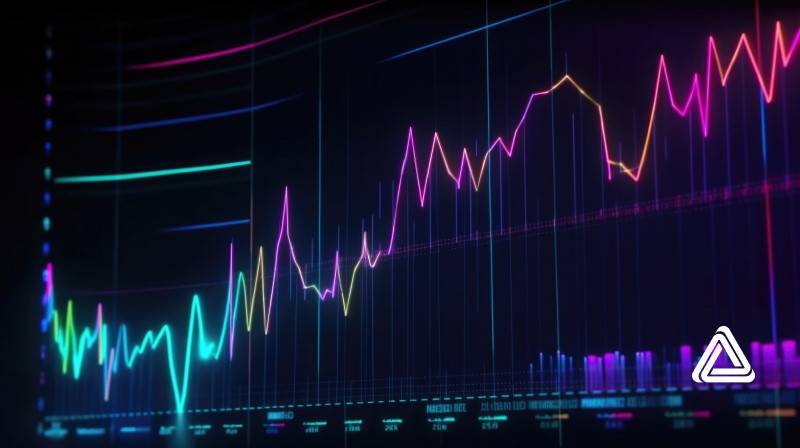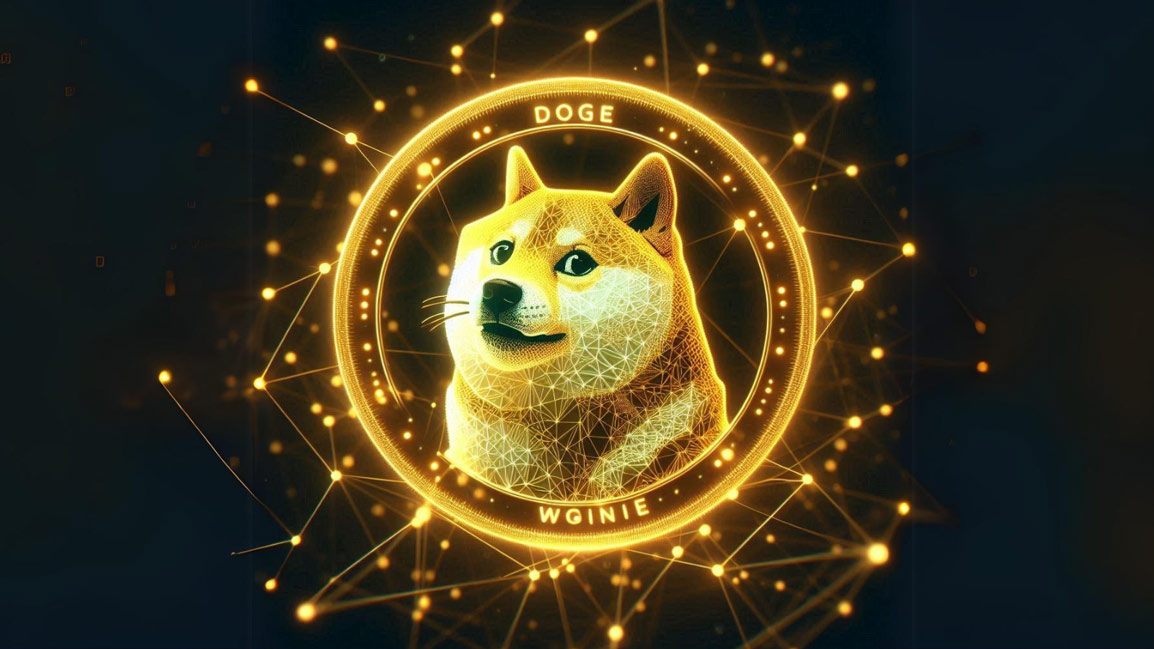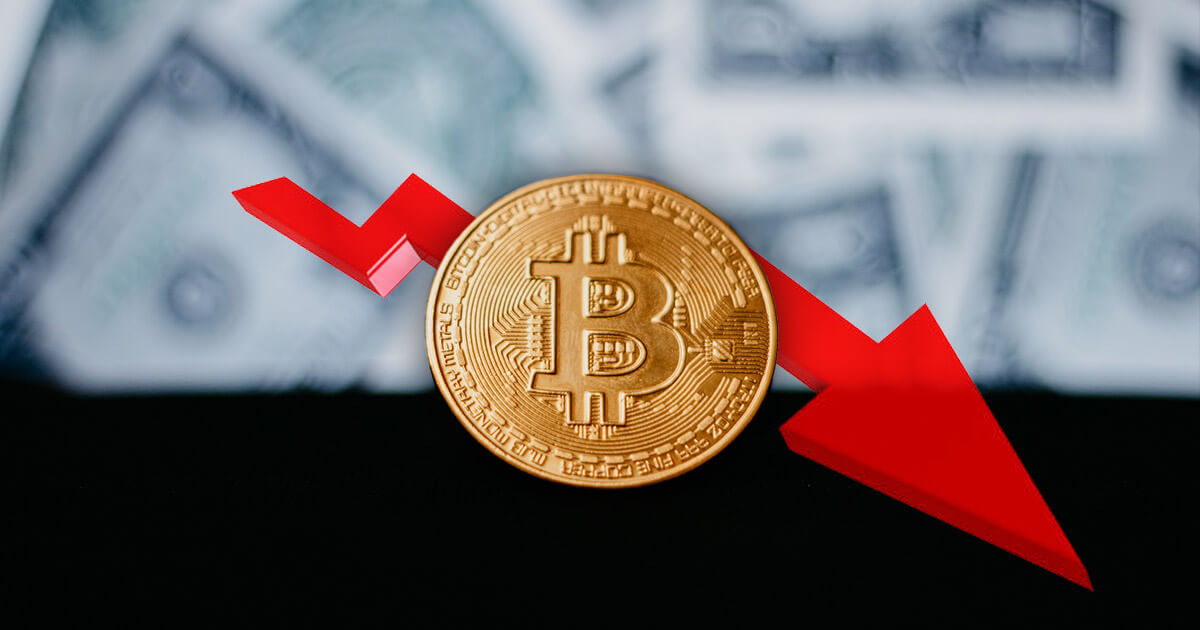A single platform often manages complex, regional and multi-architectural business processes. Bitcoin trading platforms such as bitcoinscircuit offer the best bitcoin trading experience with a low initial deposit. The withdrawals on this platform are quick with extraordinary security. But what if the one platform no longer provides a competitive advantage? Companies may eventually adopt new technology despite the need to rewire relationships, systems and channels to achieve better efficiency and optimization.
The arrival of blockchain technology is such a disrupting event. Blockchain will revolutionize the supply chain by augmenting all business processes with an immutable record that cannot be altered or faked.
Blockchain is more than just hype; it’s the next phase in supply chain evolution that promises unprecedented levels of traceability, and transparency for financial institutions, manufacturers and consumers alike. Blockchain excels at moving assets. From a supply chain perspective, assets can be tangible (an object or product) or intangible (a right or process).
Blockchain promises that it can move assets and provide a digital identity to them. For example, the financial industry already uses blockchain technology to track cash between bank accounts and exchanges. By applying the same technology to physical assets, including products and locations, it will be possible to track the movement of goods through multiple parties in real-time, creating highly automated and efficient supply chains with guaranteed provenance and authenticity.
The radically new approach to supply chain management:
The main benefit is that each participant maintains a copy of the database and independently verifies new transactions for accuracy. Once verified, all copies are updated simultaneously across all participants, so there’s never any question about accuracy or legitimacy.
Data from every asset transaction is recorded chronologically, cross-referenced against numerous other entries and stored in an encrypted form on thousands of computers around the world called nodes.
It is a very different approach to supply chain management. Traditionally, every party involved in a supply chain holds data on their system, which can create silos of data and inefficient distribution of information. Blockchain brings together all participants in one centralized location, making it easy to retrieve and analyze critical supply chain performance metrics that can contribute to improved visibility and efficiency.
One of the key benefits is that there’s no need for costly interoperability between disparate applications. It is a common complaint from companies trying to integrate with all the different systems within their supply chains. Not only does blockchain cut out the middle man (the gateway provider), but it also guarantees that everyone has their version of the truth.
Logistics is a vast aspect of Supply Chain Management:
The logistics and shipping industry is an excellent example of the technology’s potential. In addition to barcode tracking, carriers such as FedEx, UPS and the US Postal Service have software platforms that manage their supply chain information, with numerous other software providers trying to fill in the blanks between them. The reality is that most supply chain solutions are independent, cloud-based applications that don’t communicate with each other or share data. As a result, each transportation company has a different understanding of due dates, costs and locations based on their system views or lack thereof. These combinations contribute significant amounts of money wasted on over-processing and human error.
Supply chain visibility is built into the blockchain:
The benefits of blockchain technology will be felt most significantly in supply chains with lots of manual steps, multiple nationalities and regulatory requirements that contribute to the cargo’s transit time. Imagine the added value to a company if its internal systems were updated in real-time, with no need to reconcile data against each party involved in the transaction. Transparency is built into the blockchain’s core architecture.
Each party can see all the previous transactions related to an asset, which also helps prevent fraud. For example, if a product is shipped from a manufacturer in Hong Kong to a retailer in San Francisco, each stop along the way will have a separate node that keeps track of all the transaction details. It creates transparency for all parties and reduces their risk exposure.
Storage or transfer of an asset through many third parties before reaching its destination is called ‘fractionalization.’ The objective of the blockchain is to link partial owners with full titles, so they don’t have to worry about multiple intermediaries going out of business or being hacked — they only need one bridge of trust.
Maintenance of quality:
The benefits of blockchain are incredibly profound for food companies that adhere to stringent quality regulations. Unlike traditional paper-based processes, blockchain is a closed-loop system that tracks an asset’s journey from point A to Z in an unalterable digital ledger. As a result, it creates fully traceable and accountable records that regulatory agencies can audit at a moment’s notice.
Every food manufacturer has a set of standards for each ingredient, but it can be difficult for suppliers to keep track of different standards across different operations. With blockchain technology tracking each ingredient throughout its history, companies can better establish traceability and meet regulatory requirements at every process step.
Credit: Source link

















